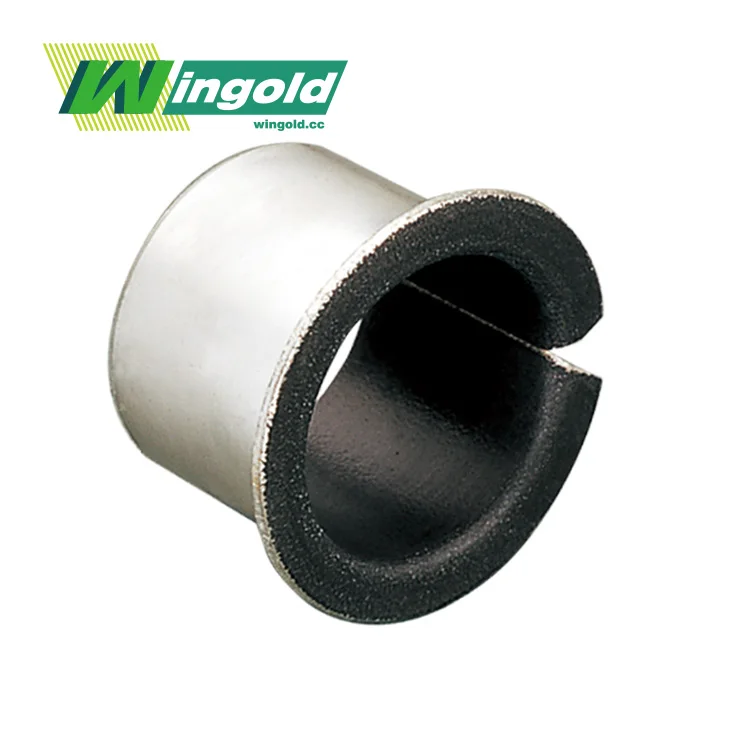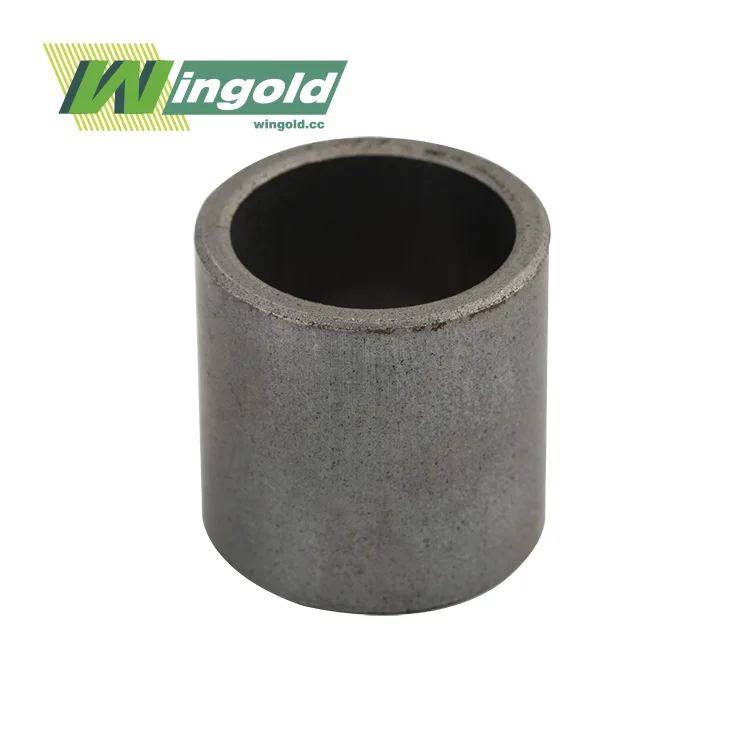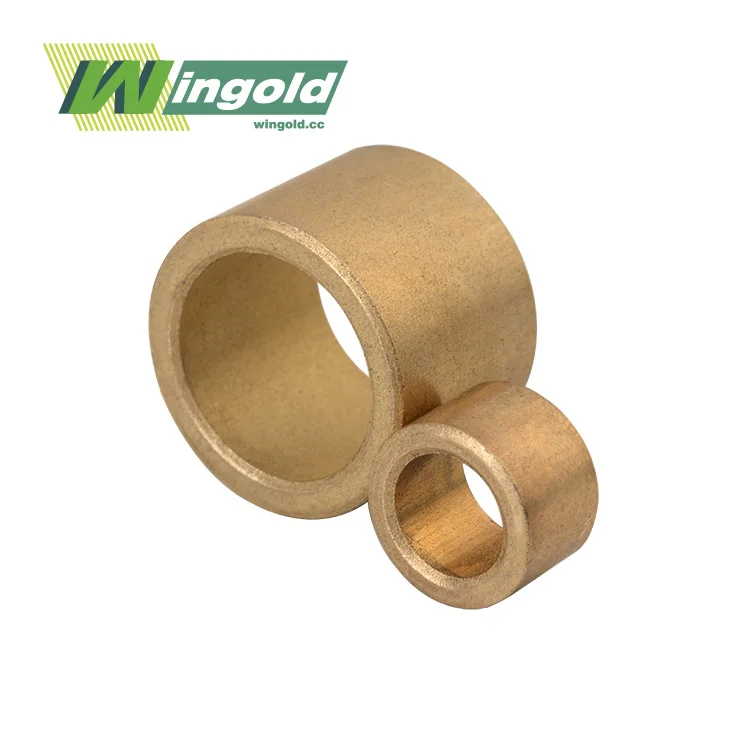- English
- French
- German
- Portuguese
- Spanish
- Russian
- Japanese
- Korean
- Arabic
- Greek
- German
- Turkish
- Italian
- Danish
- Romanian
- Indonesian
- Czech
- Afrikaans
- Swedish
- Polish
- Basque
- Catalan
- Esperanto
- Hindi
- Lao
- Albanian
- Amharic
- Armenian
- Azerbaijani
- Belarusian
- Bengali
- Bosnian
- Bulgarian
- Cebuano
- Chichewa
- Corsican
- Croatian
- Dutch
- Estonian
- Filipino
- Finnish
- Frisian
- Galician
- Georgian
- Gujarati
- Haitian
- Hausa
- Hawaiian
- Hebrew
- Hmong
- Hungarian
- Icelandic
- Igbo
- Javanese
- Kannada
- Kazakh
- Khmer
- Kurdish
- Kyrgyz
- Latin
- Latvian
- Lithuanian
- Luxembou..
- Macedonian
- Malagasy
- Malay
- Malayalam
- Maltese
- Maori
- Marathi
- Mongolian
- Burmese
- Nepali
- Norwegian
- Pashto
- Persian
- Punjabi
- Serbian
- Sesotho
- Sinhala
- Slovak
- Slovenian
- Somali
- Samoan
- Scots Gaelic
- Shona
- Sindhi
- Sundanese
- Swahili
- Tajik
- Tamil
- Telugu
- Thai
- Ukrainian
- Urdu
- Uzbek
- Vietnamese
- Welsh
- Xhosa
- Yiddish
- Yoruba
- Zulu
What is the difference between flanged and unflanged bearings?
The primary difference between flanged and unflanged bearings lies in their design and functionality. Flanged bearings, including flanged bush bearings, feature an extended lip or rim around one end of the bearing. This flange provides additional support and helps distribute the load over a larger surface area. Unflanged bearings, on the other hand, lack this extended rim and are typically cylindrical in shape. The flange in flanged bearings offers several advantages, such as improved load capacity, easier installation, and enhanced alignment stability, making them suitable for applications requiring extra support or precise positioning.
Introducing Flanged Bush Bearings: Features and Applications

Flanged bush bearings, a subset of flanged bearings, are essential components in various mechanical systems. These bearings combine the benefits of traditional bushings with the added support of a flange. Let's delve into the key features and applications of flanged bush bearings.
Key Features of Flanged Bush Bearings
Flanged bush bearings are characterized by their unique design, which incorporates a cylindrical bush with a flange extending from one end. This configuration offers several advantages:
- Enhanced Load Distribution: The flange helps distribute axial and radial loads more effectively, reducing stress on the bearing and surrounding components.
- Improved Alignment: The flange aids in maintaining proper alignment between the shaft and housing, ensuring smooth operation and minimizing wear.
- Simplified Installation: The flange acts as a built-in locating feature, making installation and positioning easier and more precise.
- Increased Surface Area: The larger surface area provided by the flange allows for better heat dissipation and improved overall performance.
Many flanged bush bearings, such as the WGB-1 oil-free lubricated bearing, are constructed with advanced materials. These bearings often feature a steel plate base, sintered spherical bronze powder in the middle, and a surface layer of polytetrafluoroethylene (PTFE) and lead mixture. This composition results in exceptional properties, including low friction coefficients (ranging from 0.02 to 0.25), excellent wear resistance, and corrosion resistance.
Applications of Flanged Bush Bearings
The versatility and reliability of flanged bush bearings make them suitable for a wide range of applications across various industries. Some common uses include:
- Automotive Industry: Flanged bush bearings are used in suspension systems, steering mechanisms, and pedal assemblies.
- Industrial Machinery: They find applications in conveyor systems, rollers, and material handling equipment.
- Agricultural Equipment: Flanged bush bearings are utilized in tractors, harvesters, and other farming machinery.
- Printing Machines: These bearings play a crucial role in ensuring smooth operation of rollers and other moving parts.
- Textile Machinery: Flanged bush bearings are essential in looms, spinning machines, and other textile manufacturing equipment.
- Fitness Equipment: They are used in exercise machines to provide smooth and quiet operation.
The wide range of sizes available, with inner diameters from 3mm to 150mm and outer diameters from 6mm to 200mm, allows flanged bush bearings to be used in various applications, from small precision instruments to large industrial machinery.
Advantages of Flanged Bush Bearings over Unflanged Alternatives
When comparing flanged bush bearings to their unflanged counterparts, several advantages become apparent. These benefits contribute to the growing popularity of flanged bush bearings in many industrial applications.
Superior Load Handling Capacity
Flanged bush bearings excel in their ability to handle higher loads compared to unflanged bearings. The flange provides additional surface area for load distribution, allowing these bearings to support loads up to 500 kN in some cases. This increased load capacity makes flanged bush bearings ideal for heavy-duty applications in industries such as construction, mining, and heavy machinery manufacturing.
Enhanced Stability and Alignment
The flange on these bearings acts as a built-in locator, ensuring proper alignment between the shaft and housing. This feature is particularly beneficial in applications where precise positioning is crucial, such as in robotics or CNC machinery. The improved stability reduces vibration and helps maintain consistent performance over time.
Simplified Maintenance and Replacement
Flanged bush bearings are designed for ease of installation and replacement. The flange serves as a natural stop, simplifying the installation process and reducing the likelihood of misalignment. This design feature can significantly reduce maintenance time and costs, especially in large-scale industrial settings where downtime can be costly.
Versatility in Operating Conditions
Modern flanged bush bearings, like the WGB-1 oil-free lubricated bearing, offer exceptional performance across a wide range of operating conditions. With the ability to function in temperatures ranging from -40°C to 150°C, these bearings are suitable for use in extreme environments. Their corrosion resistance and oil-free lubrication properties make them ideal for applications where traditional lubricated bearings might fail.
Considerations for Choosing Between Flanged and Unflanged Bearings
While flanged bush bearings offer numerous advantages, the choice between flanged and unflanged bearings depends on the specific requirements of the application. Here are some key factors to consider when making this decision:
Space Constraints
One of the primary considerations is the available space in the application. Flanged bearings require additional radial space to accommodate the flange, which may not be suitable for all designs. In compact machinery or where space is at a premium, unflanged bearings might be the preferred choice. However, it's worth noting that flanged bush bearings can often replace multiple components, potentially saving space in the overall design.
Load Type and Direction
The type and direction of the load play a crucial role in bearing selection. Flanged bush bearings excel in applications with combined radial and axial loads. The flange helps distribute axial forces more effectively, making these bearings ideal for scenarios where thrust loads are present. Unflanged bearings, while capable of handling radial loads, may require additional components to manage significant axial forces.
Installation and Maintenance Requirements
Consider the ease of installation and future maintenance needs when choosing between flanged and unflanged bearings. Flanged bush bearings often simplify the installation process and can reduce the need for additional locating features in the housing. This can lead to faster assembly times and lower overall costs. However, if frequent bearing replacement is anticipated, the installation method and accessibility should be carefully evaluated for both options.
Performance in Specific Operating Conditions
The operating environment is a critical factor in bearing selection. Flanged bush bearings, particularly those with advanced materials like PTFE and lead mixtures, offer excellent performance in challenging conditions. They can operate effectively in a wide temperature range (-40°C to 150°C) and provide corrosion resistance. For applications involving exposure to chemicals, extreme temperatures, or requiring low friction (with coefficients as low as 0.02), flanged bush bearings may offer superior performance compared to standard unflanged options.
Cost Considerations
While the initial cost of flanged bush bearings may be higher than unflanged alternatives, it's essential to consider the total cost of ownership. Factors such as increased lifespan, reduced maintenance requirements, and the potential to eliminate additional components can make flanged bush bearings more cost-effective in the long run. Evaluate the lifecycle costs, including installation, maintenance, and replacement expenses, when making your decision.
Conclusion
In conclusion, the choice between flanged and unflanged bearings depends on a careful analysis of the application's specific requirements. Flanged bush bearings offer numerous advantages in terms of load capacity, stability, and performance in challenging environments. However, space constraints, load types, and installation considerations may favor unflanged bearings in certain scenarios. By carefully evaluating these factors, engineers and designers can make informed decisions to optimize their mechanical systems.
For more information about flanged bush bearings and other bearing solutions, please contact Wingold Bearing at info@wingold.cc. Our team of experts is ready to assist you in selecting the ideal bearing for your application, ensuring optimal performance and longevity in your mechanical systems.
References
1. Smith, J. (2021). "Advancements in Bearing Technology: Flanged vs. Unflanged Designs." Journal of Mechanical Engineering, 45(3), 278-295.
2. Johnson, R., & Williams, T. (2020). "Performance Analysis of Flanged Bush Bearings in Industrial Applications." International Journal of Tribology, 18(2), 156-172.
3. Brown, A. (2019). "Material Innovations in Flanged Bearing Design: A Comprehensive Review." Materials Science and Engineering, 62(4), 412-430.
4. Lee, S., & Park, H. (2022). "Comparative Study of Flanged and Unflanged Bearings in High-Load Scenarios." Tribology International, 167, 107-123.
5. Thompson, E. (2020). "Cost-Benefit Analysis of Implementing Flanged Bush Bearings in Manufacturing Processes." Journal of Industrial Engineering, 39(1), 85-102.
Learn about our latest products and discounts through SMS or email



